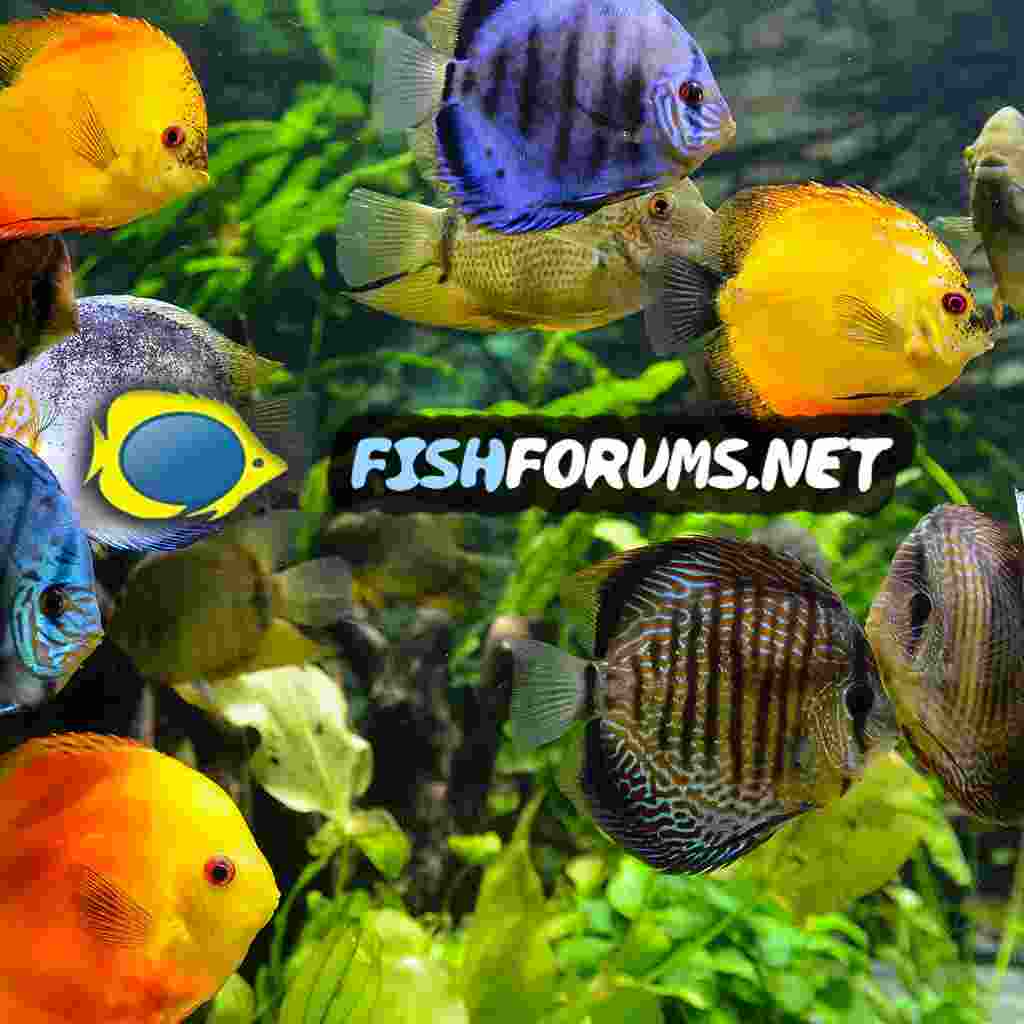Seanmacd97
New Member
Hi all. I’m new to the fish keeping hobby, I’m from uk. We bought a 40L tank from a pet shop, cleaned tank, gravel and plastic plants etc, installed filter and heater set at (25 degrees Celsius)that came with the tank, filled tank to the water level marked on the filter, we added tapsafe and left for 2 days. Today we took a sample of the water back to the shop and they tested it and confirmed everything “perfect” we brought home 2 balloon molly’s and 2 platy’s. They seemed fine at first obviously a bit bewildered by there new surroundings. We fed them some tropical fish food flakes ensuring they all got a good few flakes each. We may have over fed them.
After maybe an hour all 4 of the fish started swimming around the surface and they haven’t came down since. They seem to be gulping at the surface and we are very worried now. They are still moving around allot but staying right at the surface and gathering in one corner.
i have been researching and from what I’m reading it’s suggesting low oxygen levels, the filter is definitely sucking water in the bottom and pushing it out the top maybe half a cm above the water level, it’s not bubbling but it’s creating ripples.
It’s now midnight hopefully someone can get back to me soon. Part of me thinks they might just be settling in but I am still worried. I don’t have any means of testing the water myself but will buy testing kit tomorrow just to be sure. They might be looking for more food but I think it’s more likely they were over fed than under fed.
Any advice is appreciated, thanks in advance.
After maybe an hour all 4 of the fish started swimming around the surface and they haven’t came down since. They seem to be gulping at the surface and we are very worried now. They are still moving around allot but staying right at the surface and gathering in one corner.
i have been researching and from what I’m reading it’s suggesting low oxygen levels, the filter is definitely sucking water in the bottom and pushing it out the top maybe half a cm above the water level, it’s not bubbling but it’s creating ripples.
It’s now midnight hopefully someone can get back to me soon. Part of me thinks they might just be settling in but I am still worried. I don’t have any means of testing the water myself but will buy testing kit tomorrow just to be sure. They might be looking for more food but I think it’s more likely they were over fed than under fed.
Any advice is appreciated, thanks in advance.



